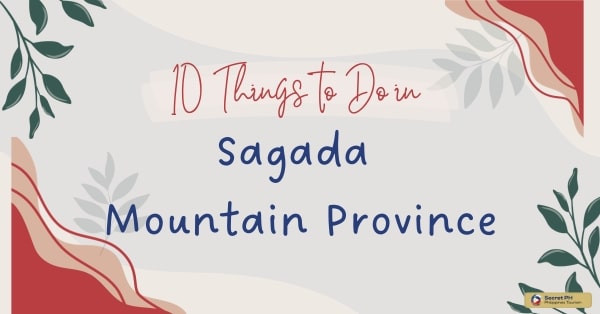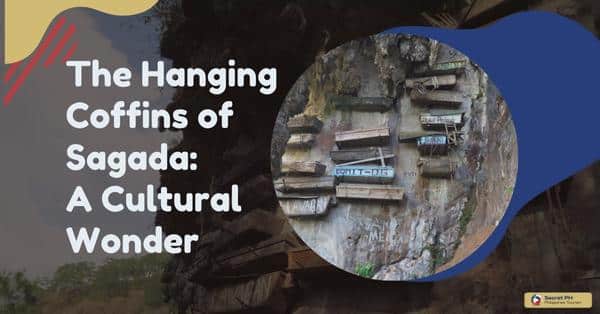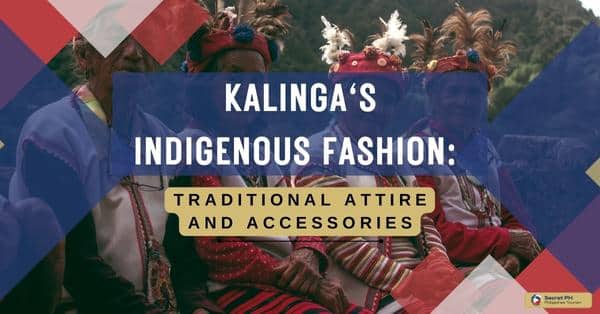Kalinga’s Handicrafts beautifully blend traditional craftsmanship with modern design sensibilities. From intricate jewelry inspired by ancient symbolism to pottery that marries utility and art, these creations reflect a rich cultural heritage. Made with indigenous materials, these crafts not only tell stories but also support local communities.
In today’s globalized world, they find their place on the international stage, creating a bridge between tradition and contemporary aesthetics. Discover these treasures online and in artisan markets, supporting ethical purchasing and preserving Kalinga’s unique identity.
In this blog, we’ll explore the history of Kalinga Handicrafts, its popularity today, how it’s made, and how you can purchase authentic Kalinga Handicrafts in the modern world. Whether you’re looking for a special gift or just want to add a touch of authenticity to your home decor, Kalinga Handicrafts is the perfect way to do it!
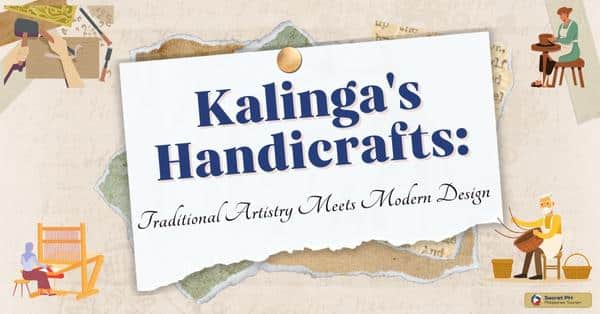
Introduction to Kalinga’s Handicrafts
Kalinga province boasts a rich cultural tapestry woven intricately into its handicrafts. These artistic creations are a testament to centuries-old traditions and an indomitable spirit. Rooted in the indigenous heritage of the Kalinga people, these crafts represent a deep connection to the land and its history.
From the world-famous Banaue Rice Terraces-inspired weaving to the exquisite Kalinga pottery and jewelry, Kalinga’s handicrafts are a vivid expression of artistry, storytelling, and the preservation of a unique cultural identity. As we delve deeper into this world, we uncover the enchanting stories, techniques, and significance that make Kalinga’s handicrafts a source of pride and fascination for both locals and global admirers.

Popular Kalinga Handicrafts
One of the notable aspects of Kalinga’s culture is its exquisite handicrafts, which seamlessly blend traditional techniques with modern design sensibilities. From vibrant textiles to intricately carved woodwork, Kalinga’s handicrafts showcase the artistic prowess and ingenuity of the region’s artisans. Let’s delve into the world of popular Kalinga handicrafts and explore the mesmerizing fusion of traditional artistry and contemporary aesthetics.
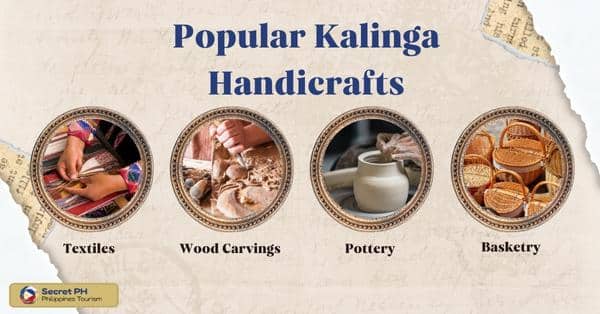
Textiles
In Kalinga, weaving is not merely a craft; it is a way of life. The region is famous for its vibrant textiles, particularly the ina-ulog, a handwoven fabric made from abaca fiber.
The intricate patterns and vivid colors of Kalinga textiles reflect the rich tapestry of the region’s cultural heritage. From traditional clothing such as tapis (wrap-around skirts) and bahag (men’s loincloths) to contemporary fashion accessories like bags and scarves, Kalinga textiles continue to captivate both locals and tourists alike.
Wood Carvings
The skillful art of wood carving has been passed down through generations in Kalinga. The region’s artisans transform blocks of hardwood into breathtaking masterpieces that showcase intricate detailing and symbolism.
From bululs (ancestral rice gods) to ceremonial masks and household items, Kalinga’s wood carvings are a testament to the region’s reverence for nature, ancestral spirits, and cultural traditions. Today, these meticulously crafted pieces serve as decorative accents and treasured souvenirs for art enthusiasts around the world.
Pottery
Pottery holds a special place in Kalinga’s handicraft traditions. The region boasts an array of pottery techniques, including hand-building, wheel throwing, and sculpting.
Kalinga’s potters create functional vessels adorned with intricate patterns and designs inspired by nature and indigenous motifs. From bowls and jars to vases and decorative tiles, Kalinga pottery seamlessly combines utilitarian purposes with artistic expression, adding an element of beauty to everyday objects.
Basketry
Basketry is another remarkable craft that has thrived in Kalinga for centuries. Skilled weavers transform rattan, bamboo, and other natural fibers into sturdy baskets of various shapes and sizes.
These baskets serve multiple purposes, from carrying agricultural produce and fishing nets to storing household items. The craftsmanship involved in Kalinga basketry lies not only in the weaving technique but also in the intricate patterns and designs that adorn the finished products.
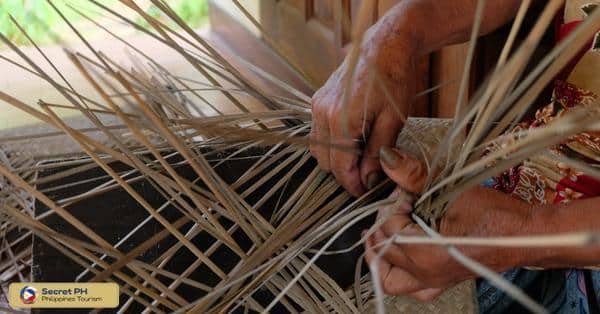
Unique Features of Kalinga Handicrafts
Kalinga Handicrafts are not just ordinary creations; they embody a unique blend of tradition and innovation that sets them apart on the global stage. In this section, we explore the distinctive qualities that make Kalinga’s handicrafts exceptional:
Indigenous Materials and Sustainability: These crafts utilize locally sourced materials, ensuring sustainability and minimal environmental impact, while also connecting the pieces to the land they hail from.
Symbolism and Storytelling Through Craft: Kalinga artisans infuse their creations with intricate symbolism and stories, making each piece a narrative-rich work of art that speaks to its cultural roots.
Melding Tradition with Contemporary Aesthetics: Kalinga’s artisans skillfully bridge the gap between traditional techniques and modern design sensibilities, resulting in pieces that resonate with both heritage and contemporary taste.
Intricate Artistry: The level of detail and precision in Kalinga Handicrafts is unparalleled, showcasing the artisan’s commitment to perfection and mastery of their craft.
Cultural Significance: Many of these handicrafts are deeply embedded in Kalinga’s cultural practices, playing vital roles in rituals, ceremonies, and daily life, which adds a layer of cultural significance to each piece.
Versatility: Kalinga Handicrafts encompass a wide range of items, from pottery to jewelry to textiles, demonstrating the versatility and creativity of Kalinga artisans.
Unique Regional Styles: Different regions within Kalinga often have their distinct styles and techniques, adding diversity and uniqueness to the overall body of Kalinga handicrafts.
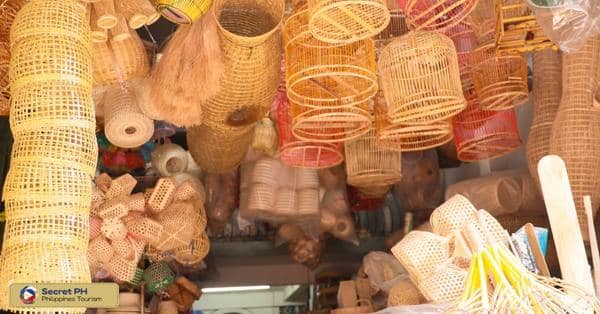
How Kalinga Handicrafts are Made
Crafting Kalinga’s exquisite handicrafts is a meticulous and labor-intensive process that begins with the selection of indigenous materials, often sourced locally. Skilled artisans, often with generations of knowledge, transform these raw materials into magnificent pieces of art.
For instance, in the creation of the renowned Banaue Rice Terraces-inspired weaving, intricate patterns are meticulously handwoven using age-old techniques, with each thread infused with cultural symbolism. Kalinga pottery, on the other hand, involves clay gathering, shaping, and firing, resulting in unique vessels and sculptures that blend functionality with aesthetic beauty.
Traditional techniques are seamlessly integrated with modern innovations, ensuring the preservation of heritage while adapting to contemporary demands. These crafts showcase not only the artisans’ dedication but also the fusion of tradition and innovation, yielding exceptional creations that tell stories, invoke emotions, and celebrate the vibrant culture of Kalinga. The journey from raw materials to finished masterpieces is a testament to the artistry and commitment of the Kalinga people, making each handicraft a living piece of history and culture.
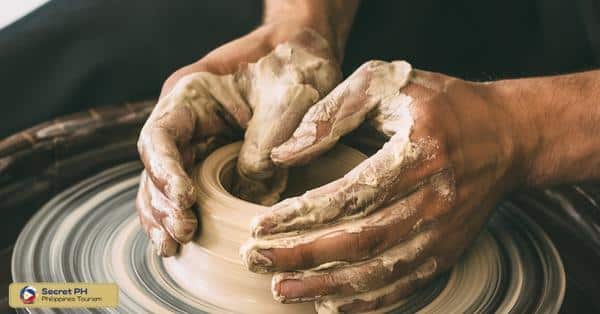
The Role of Kalinga Handicrafts in the Local Culture
Kalinga Handicrafts are not just beautiful artifacts; they are deeply interwoven with the fabric of local culture, serving as more than just decorative pieces. In this section, we explore the multifaceted roles these handicrafts play within the vibrant tapestry of Kalinga’s cultural traditions:
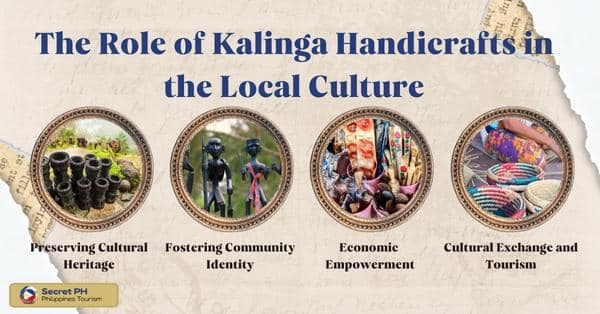
Preserving Cultural Heritage
Kalinga handicrafts act as tangible representations of the region’s cultural heritage, preserving and passing down traditional techniques from one generation to the next. Artisans meticulously follow ancient practices, ensuring that the skills and knowledge behind these crafts are safeguarded for future generations. By creating and showcasing these handicrafts, Kalinga communities ensure that their cultural identity remains alive and thriving.
Fostering Community Identity
The production and use of Kalinga handicrafts foster a strong sense of community identity among the locals. These crafts often incorporate symbols, motifs, and patterns specific to Kalinga culture, representing stories, rituals, and beliefs. By adorning their homes, clothing, and accessories with these handicrafts, community members express their pride in their heritage and create a visual language that connects them to one another.
Economic Empowerment
Kalinga handicrafts serve as an essential source of income for many artisans in the region. By engaging in the creation and sale of these crafts, artisans can support themselves and their families. The economic aspect of Kalinga handicrafts extends beyond the artisans themselves, benefiting the entire community. Local markets, tourism, and trade flourish as these crafts gain recognition and appreciation, helping to uplift the local economy.
Cultural Exchange and Tourism
Kalinga handicrafts act as cultural ambassadors, attracting visitors from across the globe to the region. Tourists are fascinated by the unique beauty and craftsmanship of these crafts, and their interest contributes to cultural exchange and understanding. The presence of tourists also provides opportunities for artisans to showcase their skills, sell their products, and establish connections with a wider audience.
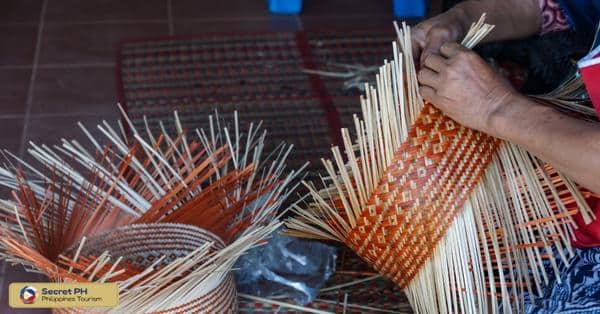
Kalinga Handicrafts in the Modern World
In the modern world, Kalinga Handicrafts have undergone a transformation from traditional artifacts to sought-after symbols of cultural authenticity and artistic excellence. With globalization, these intricate creations have found their place on the international stage, attracting collectors, designers, and enthusiasts from around the world. Their unique blend of tradition and modern design sensibilities has garnered attention and admiration, showcasing their ability to transcend cultural boundaries.
Collaborations with contemporary designers and artists have breathed new life into Kalinga Handicrafts, allowing them to seamlessly integrate with contemporary lifestyles and interior aesthetics. This fusion of tradition and innovation has not only preserved their cultural significance but also ensured their continued relevance in today’s ever-evolving world. As these crafts continue to evolve and adapt, they serve as a testament to the resilience and timelessness of Kalinga’s artistic heritage, captivating audiences both locally and globally.
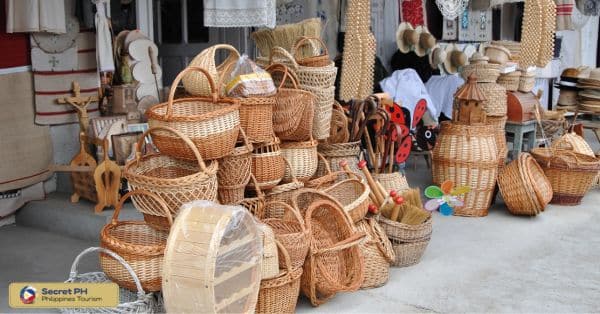
Where to Buy Kalinga Handicrafts
Kalinga Handicrafts, with their rich cultural heritage and exquisite craftsmanship, have become highly coveted treasures in the world of art and design. If you’re eager to acquire these unique creations, there are several avenues to explore. Here’s a list of places and methods to find and purchase Kalinga Handicrafts:
1. Ayatu’s Ethnic Craft
Address: Purok 4, Villoria Street, Bulanao Purok 4, Villoria Street, Bulanao of, Tabuk, Kalinga
Opening Hours: 8 AM–5 PM
Phone: 0956 513 1996
For directions, click here.
2. Hakaray Handicrafts
Address: CGVC+6X6, Centro, Tabuk, Kalinga
Phone: 0995 804 6194
For directions, click here.
3. IFKA’S WEAVING AND HANDICRAFTS
Address: CC8V+8QP, Tabuk, Kalinga
Phone: 0927 875 2046
For directions, click here.
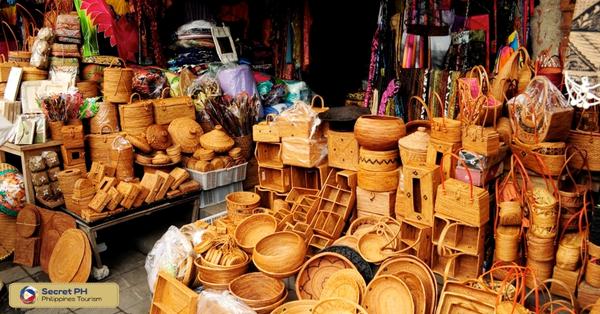
In conclusion
Kalinga Handicrafts are an embodiment of the region’s vibrant culture and timeless traditions. Their unique blend of tradition, innovation, and modern design ensures that they remain relevant in today’s ever-evolving world, captivating audiences both locally and globally.
From pottery to wood carving to basketry, these exquisite creations showcase the Kalinga people’s remarkable craftsmanship and their craft. These crafts not only serve as decorative pieces but also act as cultural ambassadors, fostering a sense of community identity and pride in the region’s heritage.


